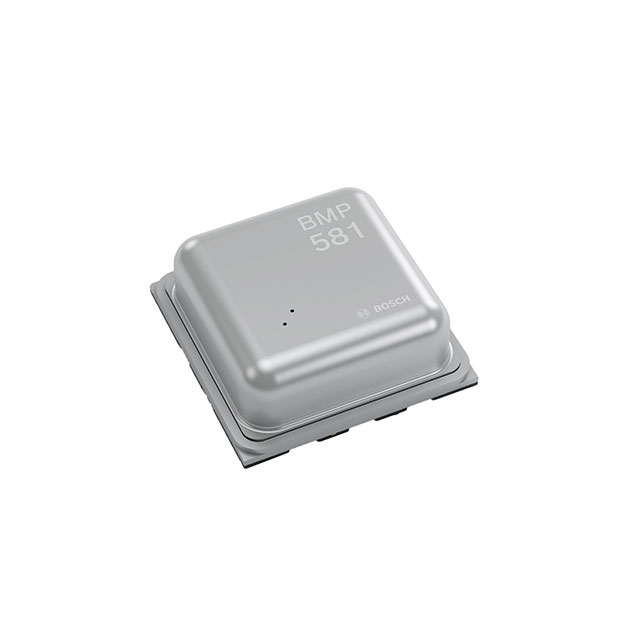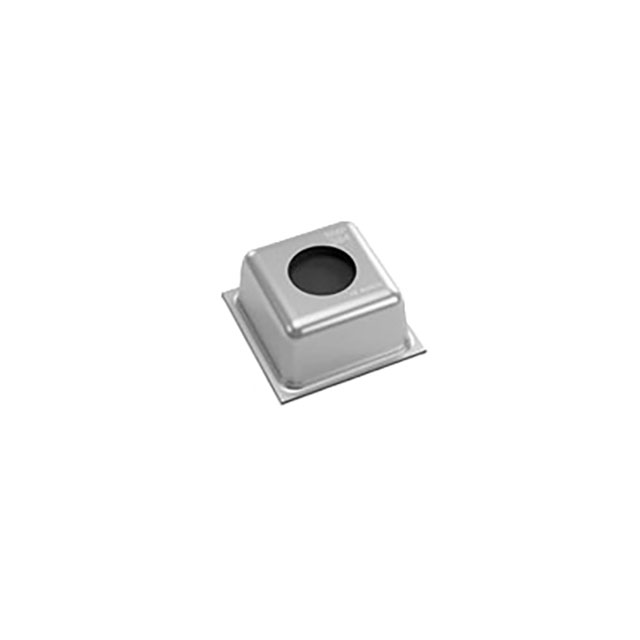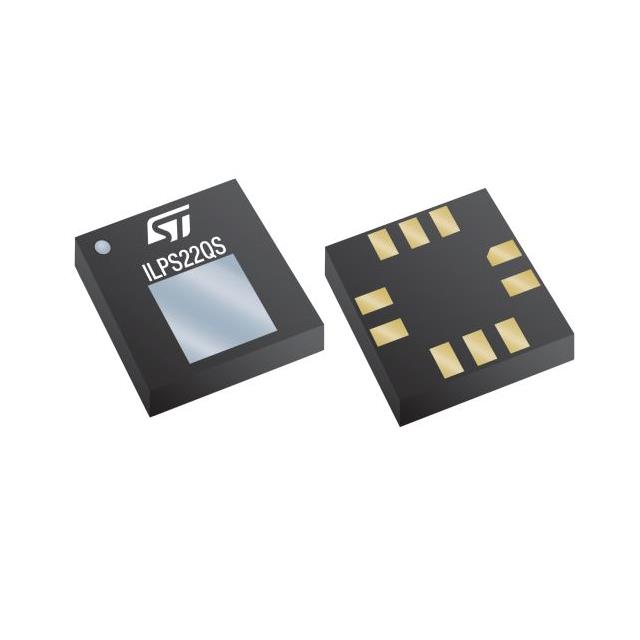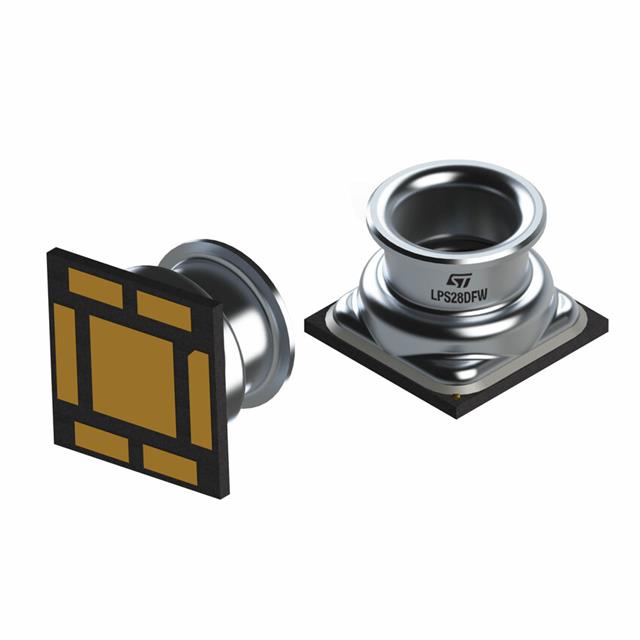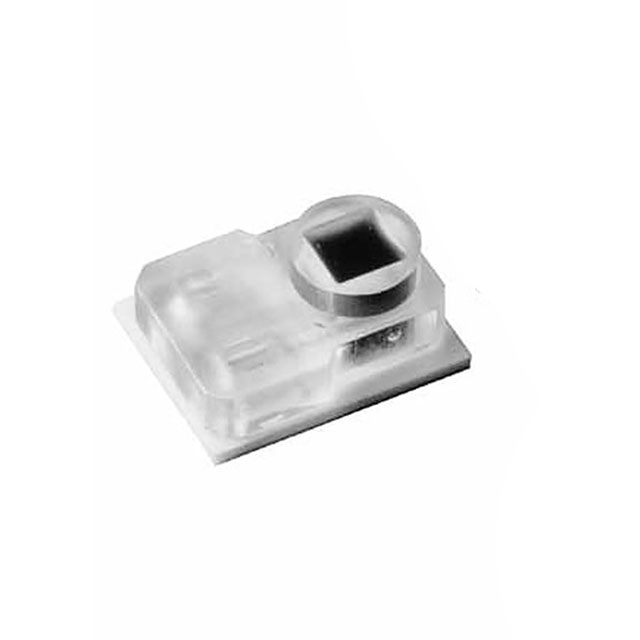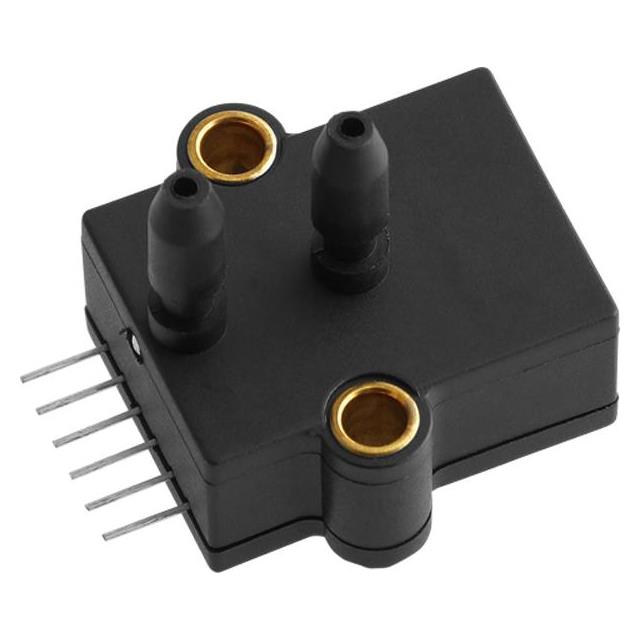

Pressure Sensors:A Complete Guide
Catalog
Description of Pressure SensorsWhat is a pressure sensor?How do pressure sensors work?Types of pressure sensorsPopular use cases for pressure sensorsEnergy conservation applicationsPressure sensors can save your business time and moneyConclusionRelated ArticlesDescription of Pressure Sensors
Back in the 1590s, people were really interested in figuring out how pressure changes worked. They started experimenting with glass tubes and barometers to see how fluids inside them reacted to pressure changes. These simple tools showed how much the liquid moved when pressure went up or down.
Fast forward 500 years, and we have made huge progress! Now, we not only measure fluid levels in tubes but also understand how pressure affects materials’ physical and electrical properties. Today, measuring pressure changes is super easy and incredibly accurate, all thanks to advanced pressure sensors.
What is a pressure sensor?
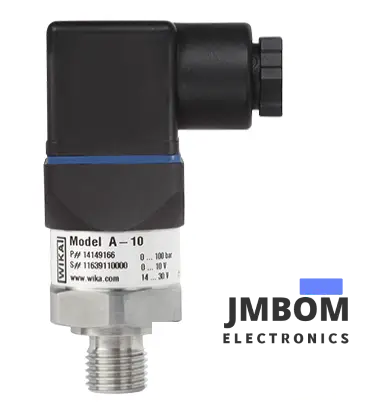
pressure sensors
So, what exactly is a pressure sensor? It is a device that detects and measures pressure, which is basically the force applied over a certain area. These sensors help with specialized maintenance, like predicting when equipment might fail. They gather real-time data on how equipment is doing and can forecast issues based on that info.
When we install pressure sensors on tanks or other pressurized equipment, they can alert maintenance teams if the pressure goes above or below certain levels. This way, teams can jump on problems right away. A common example of a pressure sensor in action is a transducer that signals when pressure is applied to it.
How do pressure sensors work?
Pressure sensors operate by detecting physical changes that occur in response to differences in pressure. Once they measure these changes, they turn the information into electrical signals. These signals can then be displayed as data that the team can understand. Here is a simple breakdown of how this process works:
A strain gauge converts pressure to electrical signals
The most common type of pressure sensor uses something called a strain gauge. This is a mechanical device that can expand and contract a little when pressure is applied or removed. The sensor measures these tiny changes to figure out how much pressure is acting on a piece of equipment or a tank. Then, it converts those changes into voltages or electrical signals.
Electrical signals are measured and recorded
After the sensor generates an electrical signal, it can record a pressure reading. These signals can get stronger or weaker based on the pressure the sensor experiences. Depending on how fast the signals change, pressure readings can be taken very closely together in time.
CMMS receives an electric signal
The electrical signals are now turned into pressure readings, usually measured in pounds per square inch (psi) or Pascals (Pa). These readings are sent out by the sensors and received by your CMMS in real-time. When you have multiple sensors installed across different assets, the CMMS acts as a central hub that keeps track of everything in the facility. CMMS providers help make sure all the sensors are connected. For instance, UpKeep CMMS offers options to integrate sensors and assets smoothly.
CMMS alerts maintenance teams
With the sensors in place, your maintenance teams get alerts if a pressure measurement is too high or too low. If the pressure is too high, it can signal that parts might rupture or equipment could be damaged. On the flip side, if there is a loss of pressure, it might indicate a leak, especially in pressure vessels. Having real-time data, along with mobile access, allows your team to always know the state of the facility.
Types of pressure sensors
Pressure sensors can be grouped based on how they detect pressure changes. They can observe and measure different physical reactions. Here are some of the most common types of pressure sensors:
Strain gauge
Strain refers to how materials stretch or shrink when force is applied. Strain gauges use these noticeable changes in a spring’s dimensions to measure pressure.
These sensors have a spring element that bends when force is applied. As the spring deforms, its electrical resistance changes in proportion to the pressure. When pressure changes occur, the resistance and voltage readings fluctuate, which are then converted into electrical signals. These signals are calibrated to show the equivalent pressure reading displayed by the sensor.
Strain gauge sensors are great for long-term monitoring and are the most popular type of sensor because they are widely available and versatile.
Piezoelectric
Piezoelectric sensors work using something called the piezoelectric effect. This effect generates an electric charge when materials experience physical changes. Some materials show this effect more strongly, and the charge created is directly related to the force applied. The sensor can measure these changes in charge and display the corresponding pressure reading.
One cool thing about piezoelectric sensors is that they can be very small, making them ideal for tight spaces. They also handle high frequencies well, which is a plus for capturing dynamic measurements quickly.
Capacitive
Capacitors store electric charge and consist of two conductors with a small gap between them. A capacitive pressure sensor measures the capacitance between these two plates. The distance between the plates changes based on surrounding pressure, affecting the capacitance values.
Capacitive pressure sensors are used in various applications, like measuring pressure in jet engines, car tires, and other containers. Their simple design helps them endure tough conditions.
Manometers
Manometers are among the earliest devices for measuring pressure, using glass tubes filled with liquid. Essentially, a manometer is a tube that compares the pressure on its two surfaces by observing liquid movement. The simplest type is U-shaped, with liquid that moves up and down based on pressure differences.
Manometers can also be used to calibrate other equipment and are still commonly found in labs. However, since they have a slower response time and a limited pressure range, they are not the best choice for measuring dynamic pressure changes.
Vacuum pressure
The previous pressure sensors usually measure an applied force using mechanical methods. However, things get a bit more complicated when dealing with vacuum pressure, especially at extreme levels below atmospheric pressure. For vacuum applications, the measurements rely less on mechanical reactions and more on how the properties of materials are affected.
One of the most famous sensors for measuring vacuum pressure is the Pirani sensor, named after its inventor, Marcello Stefano Pirani. This sensor works by measuring the resistance of a heated filament inside a gauge chamber. When the chamber is exposed to vacuum pressure, the temperature inside drops. This temperature change affects the conductivity of the filament, which can then be used as an indirect measurement of the pressure.
Bourdon tube
In the earlier types of sensors, we saw how physical deformations caused by applied force can measure pressure. The Bourdon tube is a clever mechanical device that uses physical movement to gauge pressure. It takes the surrounding force and uses it to drive a dial that shows the pressure reading.
Bourdon tubes are made from a coiled tube shaped like a C. One end is closed, while the other end is open to the pressure being measured. As the pressure on the open end increases, the coil tries to straighten out. This movement is connected to a spindle, which then moves a pointer to indicate the pressure on a dial gauge.
Because of their simple design and sturdiness, Bourdon tube gauges are usually affordable and durable. They work well for high-pressure applications. However, since they are purely mechanical, their readings can be affected by shock and vibration. So, they are not the best choice for low pressures that need precise measurements.
Aneroid barometer
An aneroid barometer is another type of purely mechanical device used to measure pressure. It has an airtight metal cylinder that looks like a capsule. This capsule expands and compresses based on the surrounding pressure. These small changes can be measured and linked to a dial that shows the corresponding pressure reading.
Aneroid barometers are often used to measure atmospheric pressure. They are especially popular in aircraft because of their sturdy and convenient design. In airplanes, they can also help measure altitude by tracking changes in barometric pressure.
Popular use cases for pressure sensors
With all the different types of pressure sensors out there, you can find them in a wide range of applications at your facility. It almost seems like every piece of equipment could benefit from one! Here are some popular uses for pressure sensors:
Pipeline or hydraulic hose pressure
Pipeline and hydraulic systems often operate under very high pressures. For example, natural gas pipelines typically work at pressures between 200 and 1500 psi. Another example is wire-braided hydraulic hoses, which can have working pressures up to 6000 psi. Pressure sensors help make sure these systems stay within safe limits to maintain a good safety factor.
Electronic transmitter set norms
Keeping an eye on pressure readings across a facility helps ensure that standards are met. This applies not just to production quality but also to safety standards. Electronic transmitters can send data from different parts of the facility, allowing for better monitoring.
Low to high vacuum pressure
Vacuum technology is essential for many advanced industrial and scientific processes. It is used in areas like composite molding, semiconductor production, flight instrument manufacturing, and various medical applications. These processes often require specialized pressure sensors that can measure vacuum pressures of up to 10,000 psi.
Energy conservation applications
Pressure sensors have a long history, originally linked to environmental uses like weather forecasting. Today, their role has expanded to include energy conservation. Pressure measurement devices are now used in emission testing, pollution control, and wind management systems, helping to protect our environment.
Technology industry applications
The rise of high-tech equipment has led to the need for high-precision manufacturing. As production processes improve every day, precision measurements must keep up. That is why we need pressure sensors that can provide more sensitive measurements for things like airflow, clean rooms, and laser systems.
Manufacturing applications
In manufacturing, we often deal with fluids in hydraulic and pneumatic systems. Pressure sensors play a crucial role by detecting any issues in these systems. They constantly monitor for leaks, compression problems, and any signs that something might fail.
Pressure sensors can save your business time and money
Imagine being able to predict the future. Now, think about using that ability to create a maintenance plan that prevents breakdowns. That is what pressure sensors do as part of predictive maintenance.
These sensors do more than just sense pressure changes. They send data to your CMMS, giving you a clear view of what is happening across different parts of your facility. With real-time data, your maintenance team can be alerted right away if something unusual occurs. And why limit yourself to just pressure sensors? UpKeep CMMS lets you customize how you monitor your assets with a variety of sensors based on your needs.
Having a predictive maintenance strategy really pays off. The US Department of Energy estimates that you can save about 8 to 12 percent compared to preventive maintenance and up to 40 percent compared to reactive maintenance. Think of those savings as a bonus on top of improved safety and reliability. A lot of pressure vessel failures are caused by operating above allowable pressures, stress, and fatigue. By using a system of sensors that monitor your workplace 24/7, you can reduce those risks.
Conclusion
Most modern facilities rely on equipment that uses highly pressurized vessels. If this equipment breaks down, it can lead to serious failures because of the high energy they store. Pressure sensors play a vital role in spotting risks early by alerting maintenance teams to any unusual changes from normal conditions. When paired with a predictive maintenance strategy, these sensors enable teams to take corrective action before any failures happen.
Related Articles
What are Optical Sensors & How they work
Subscribe to JMBom Electronics !



